As Kyoto locals, we know all the best things to do and see in Kyoto. From hidden gems to must-see sites for first time visitors.
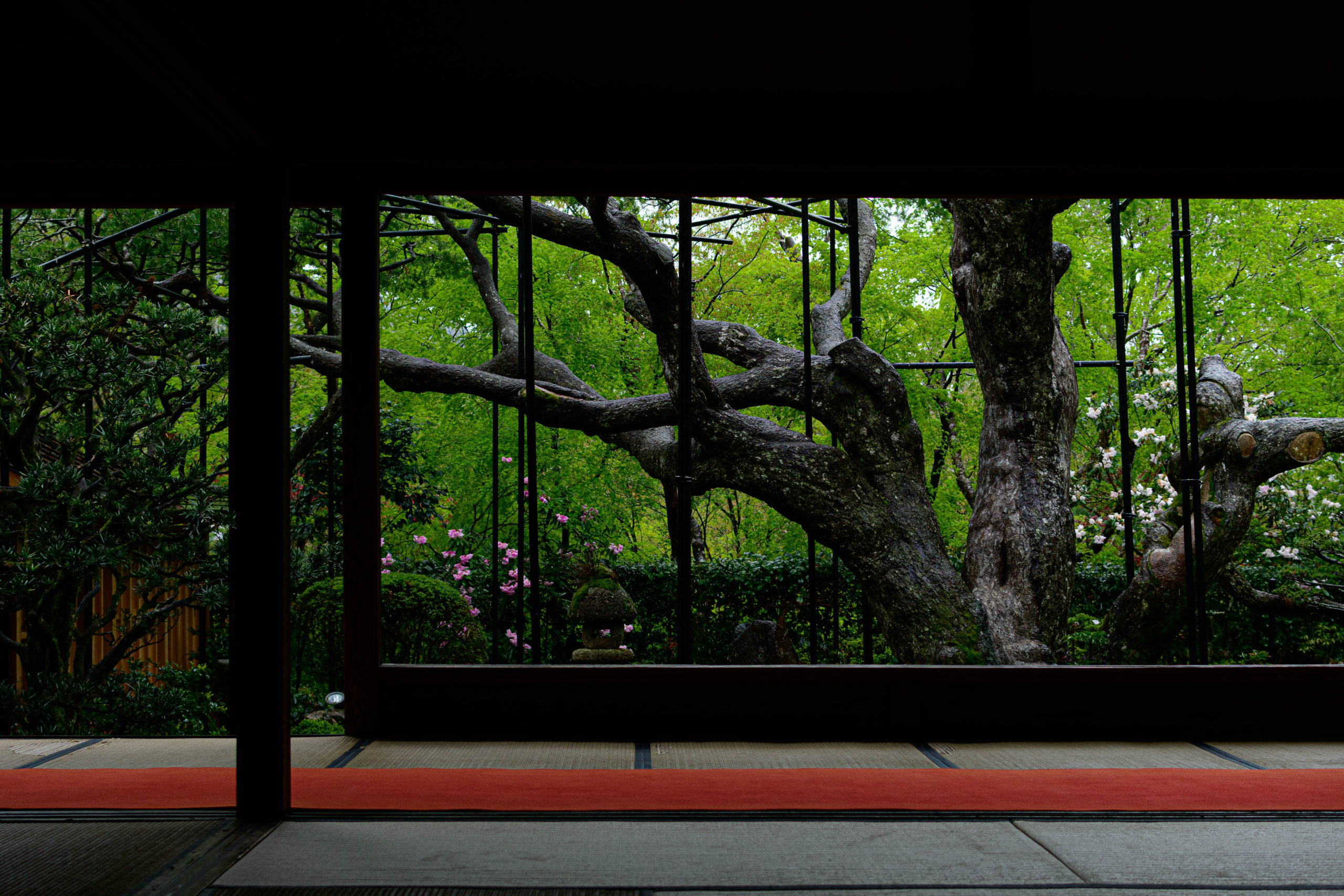
Must-See for First Time Visitors (#1~#4) – Kyoto Travel Guide
1) Fushimi Inari Shrine
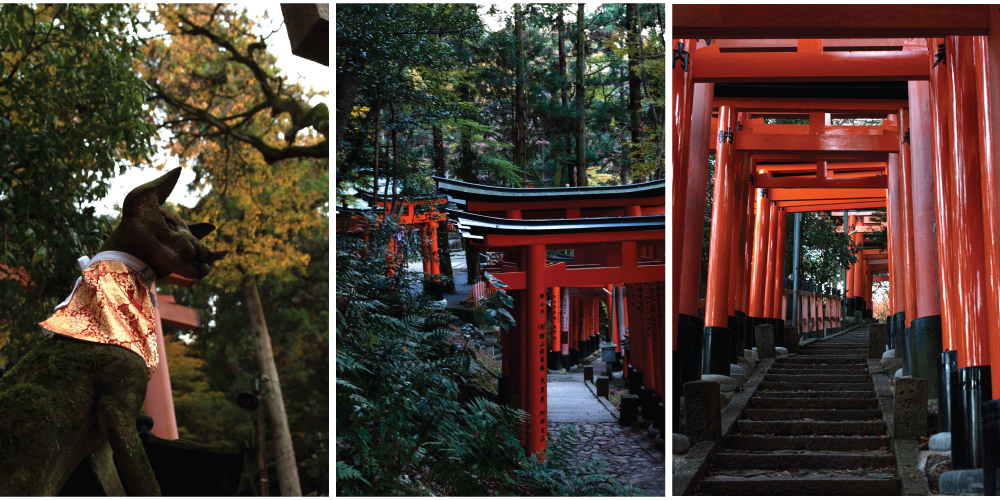
Fushimi Inari Shrine has a history of over 1,300 years.
2) Kiyomizu Temple
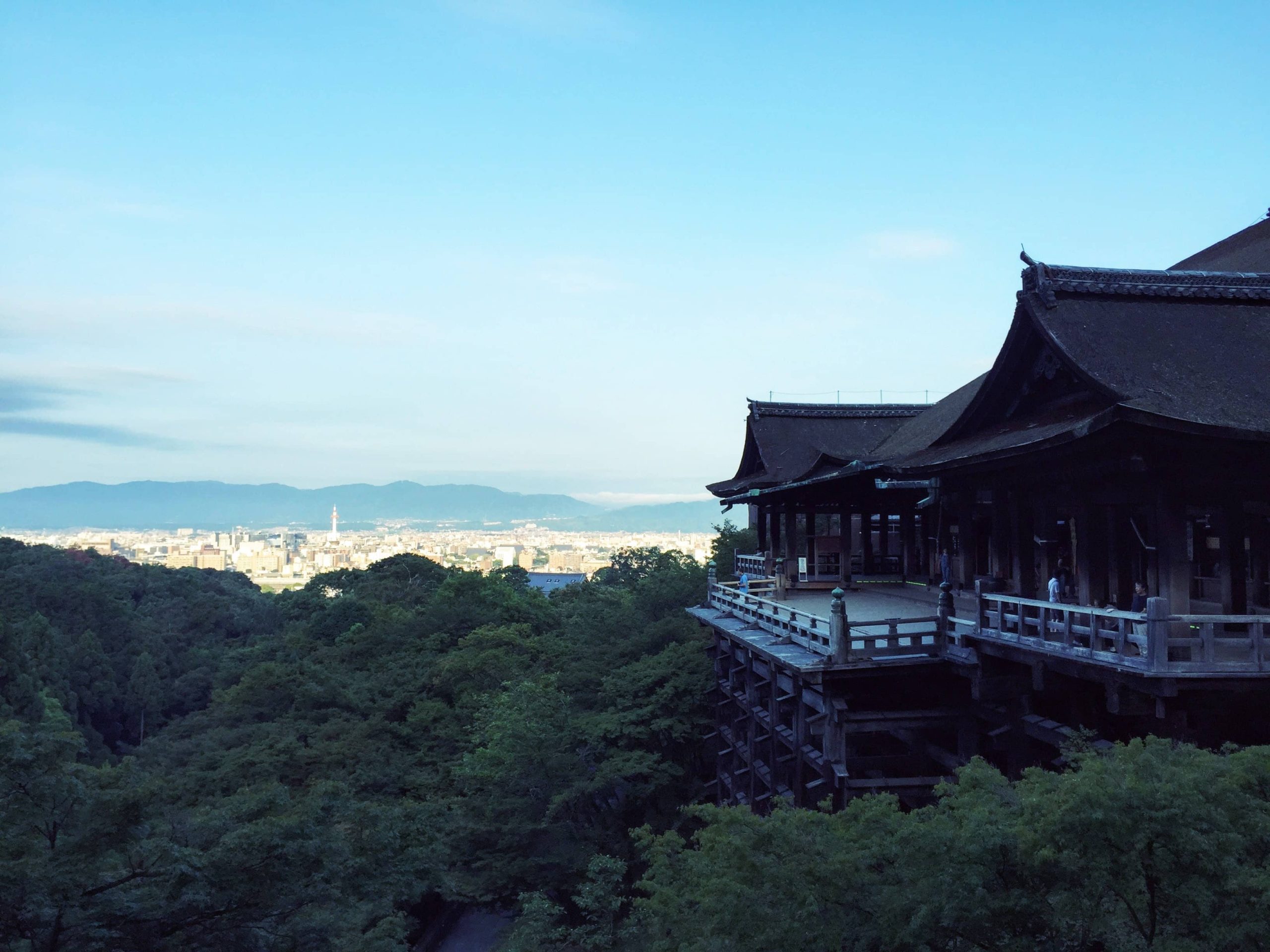
3) Gion District & Hanamikoji Street
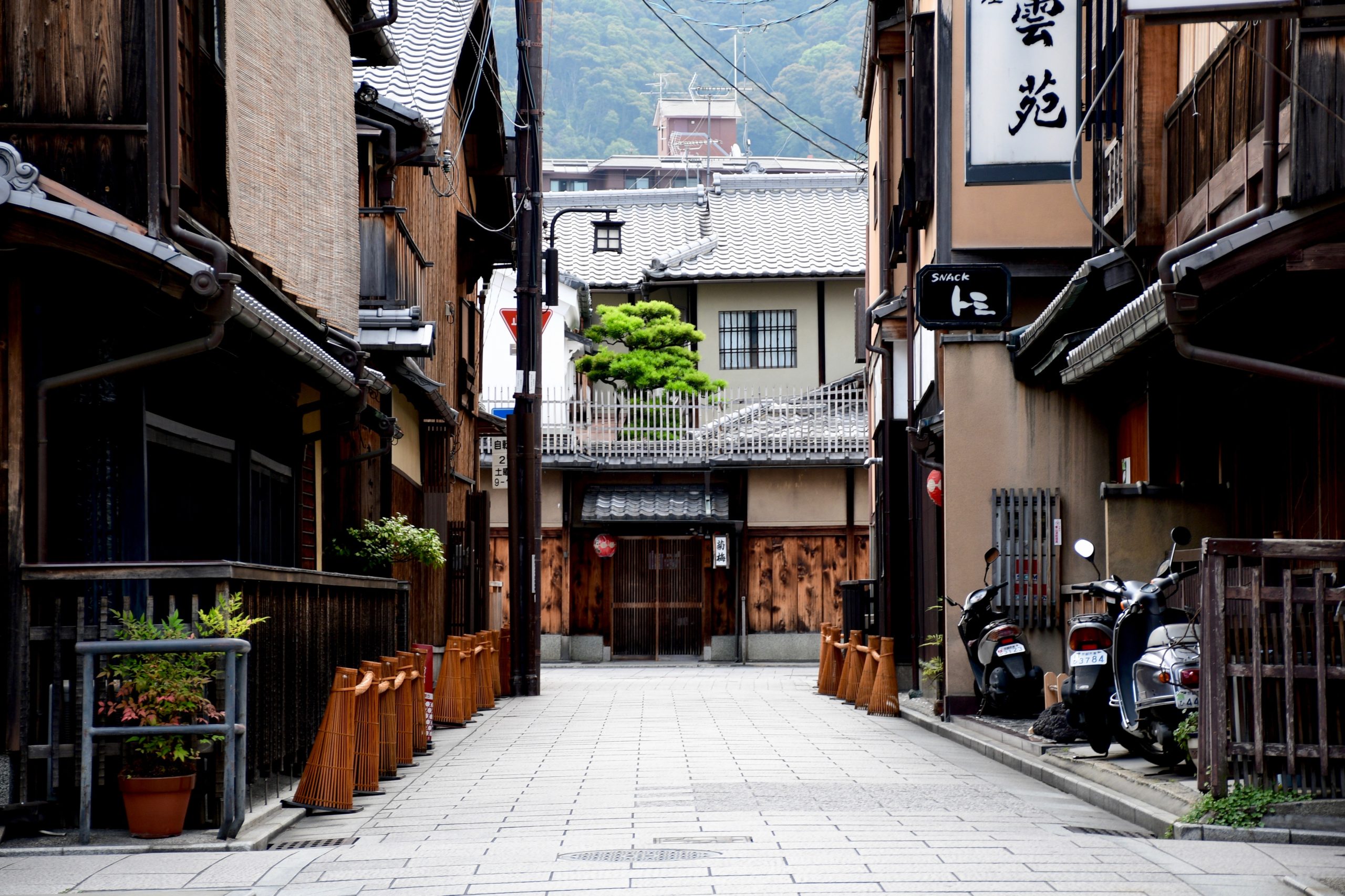
Gion is the largest of five hanamachi (flower districts) of Kyoto, areas where geiko women & maiko girls (geisha) live and work. During the late Edo Period, it is said that there were more than 1000 teahouses, and 500 maiko and geisha working in the area!
If you are able to spend a good amount of time in the area, be sure to visit not only the main “Hanamikoji Street”, but also the following: Yasaka Shrine, Gion Shirakawa Area, and Kenninji Temple. If you are lucky enough to visit during the cherry blossom season or summer festivities, you’ll want to stop by Maruyama Park, too!
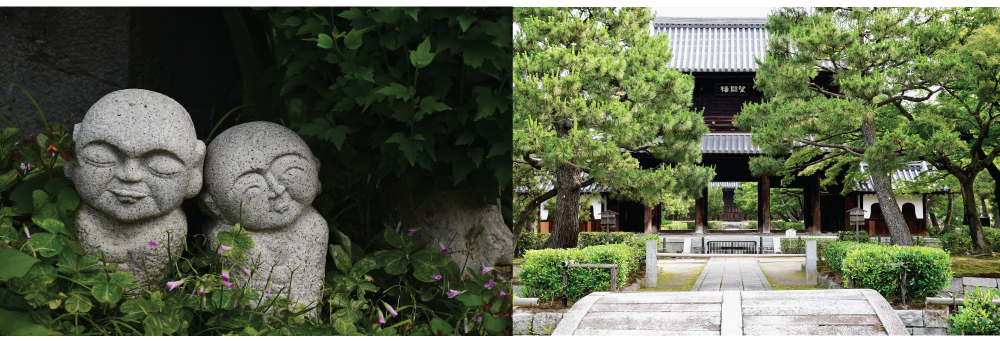
4) Arashiyama (Bamboo Forest)
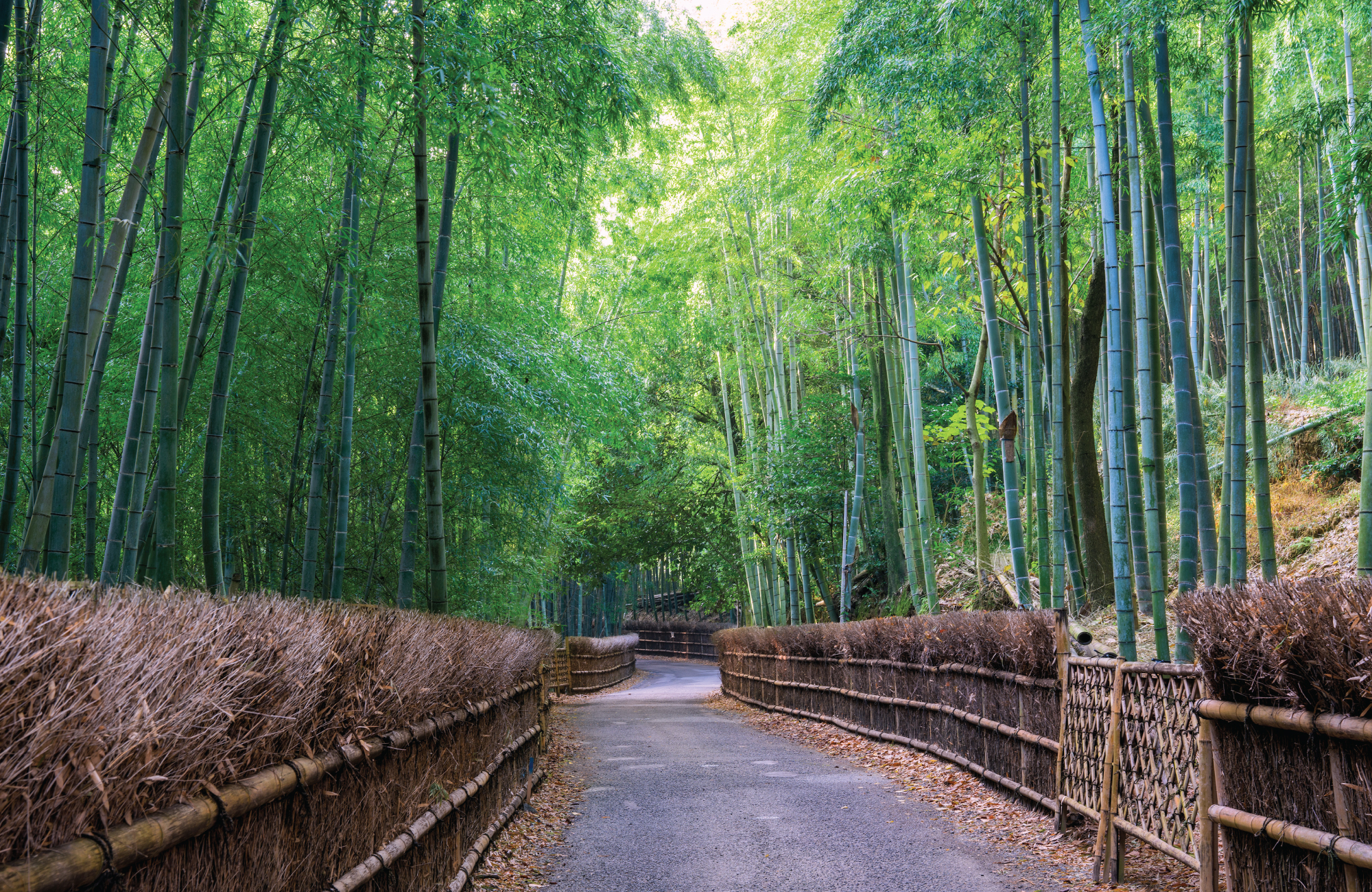
Located on the western side of Kyoto city is Arashiyama. It is famous for its bamboo forests, the Togetsukyo Bridge stretching over the Katsura river, and cherry blossom & fall foliage views.
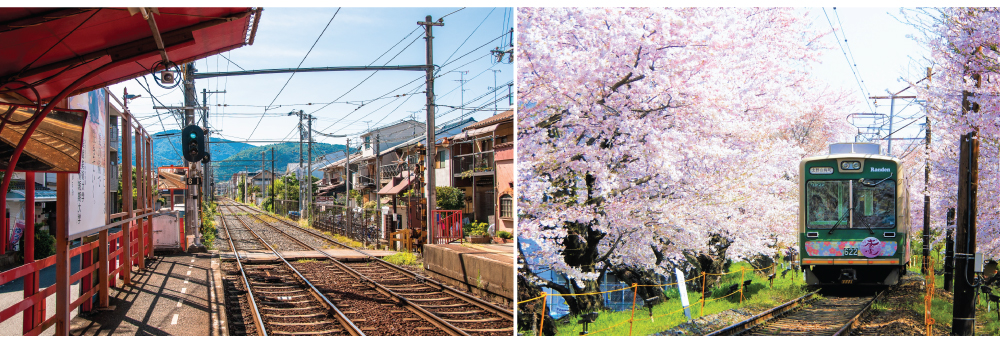
Local Favorites & Hidden Gems (#5~#10)
5) Hosen-in Temple (Ohara, Kyoto)
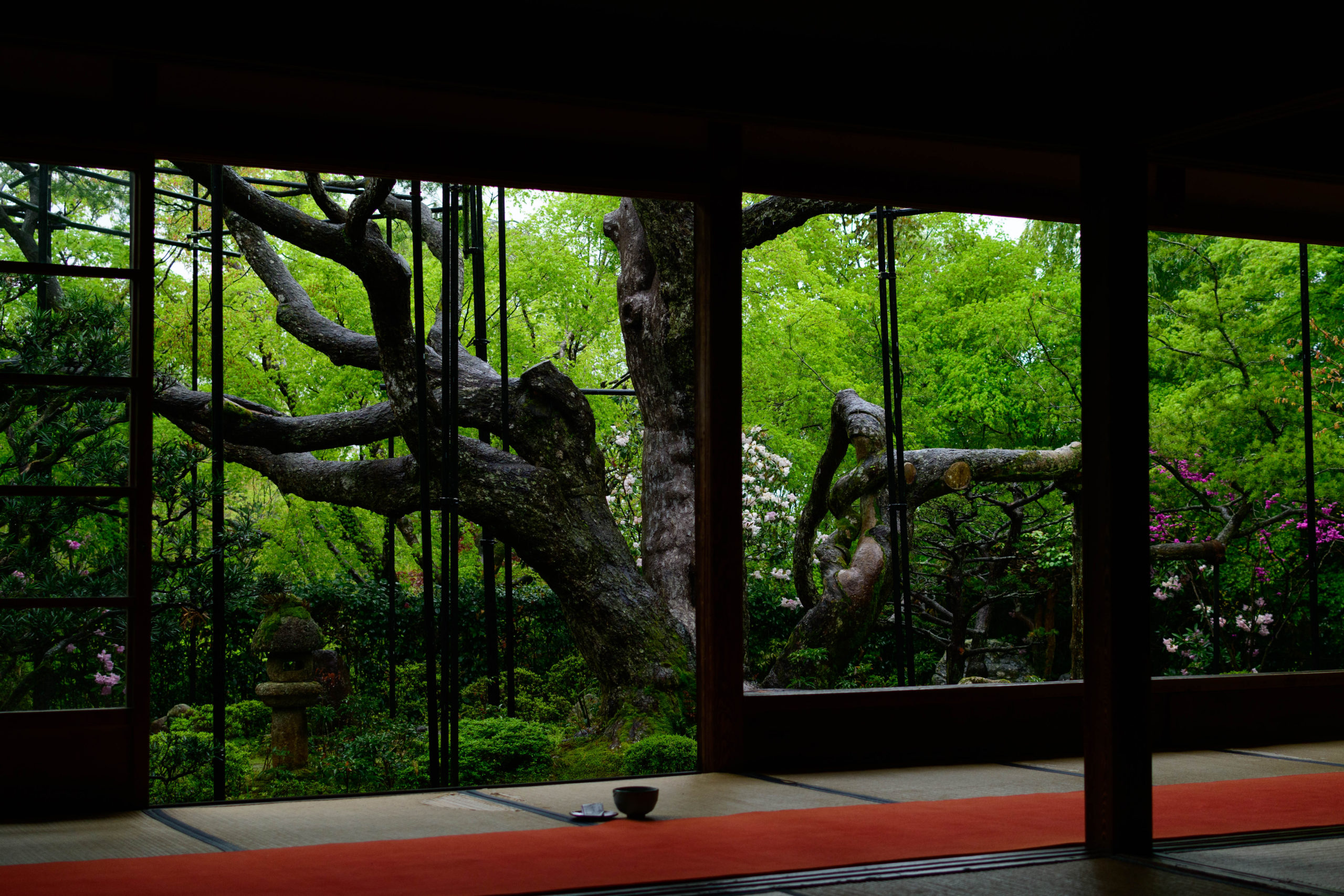
Escape the hustle and bustle of city life, and head towards the idyllic mountain village of Ohara, Kyoto. In addition to having picturesque views of nature, Ohara has amazing places to eat, traditional folk houses, and beautiful temples. Among all of the great places to explore in the area, Hosen-in Temple has always been our favorite place to retreat to.
Featuring 3 gardens, the largest of these gardens was designed in the “Gakubuchi-teien”-style (picture frame style). The wooden pillars in the main hall act as “frames” when looking out into the garden. The admission fee includes authentic matcha tea and a Japanese sweet. We could spend hours sitting on the tatami floors admiring the garden and 800-year-old tree.
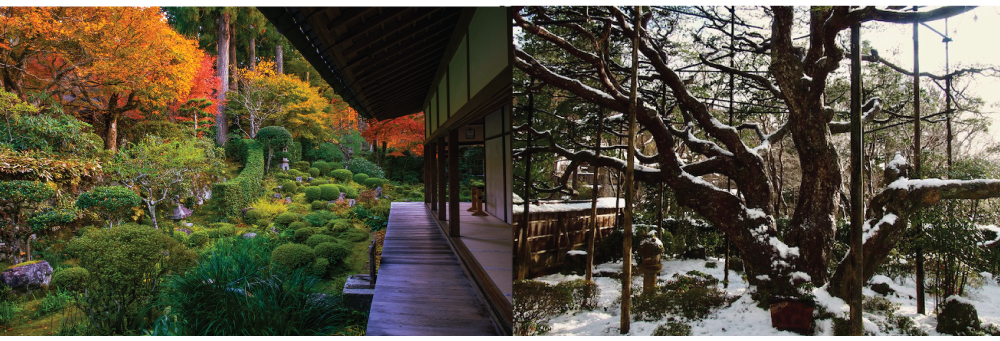
Our ‘Kyoto Local Tip’:
On occasion, Hosen-in Temple holds seasonal light-up events, transforming the garden views dramatically. Although we do not attend special light up events often, Hosen-in Temple is the exception. If you are lucky enough to be in Kyoto when they hold these events, make an effort to attend!
6) Shosei-en Garden
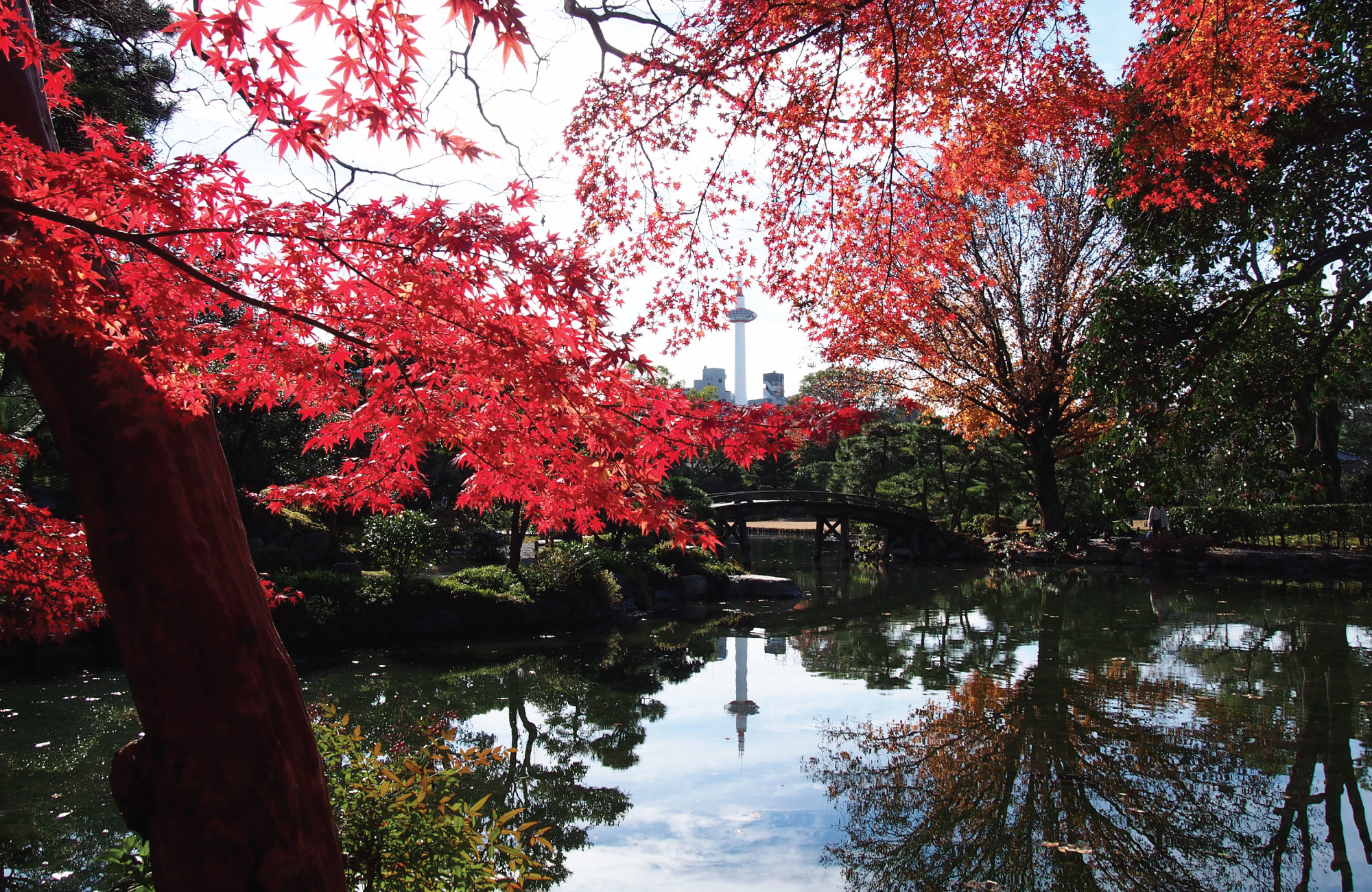
A less than 10-minute walk from Kyoto Station is the picturesque Shosei-en Garden. Originally built as a detached villa of Higashi Honganji Temple, Shosei-en Garden is said to encapsulate the strolling garden-style of Edo Period Japan. From the northeastern side of the park, you can see the Kyoto Tower peeking through the trees. The perfect place to visit all year around, this garden beautifully showcases the city’s changing seasons: plum & cherry blossoms in the spring, irises and water lilies in the summer, vibrant fall foliage in the autumn, and snowy scenes in winter.
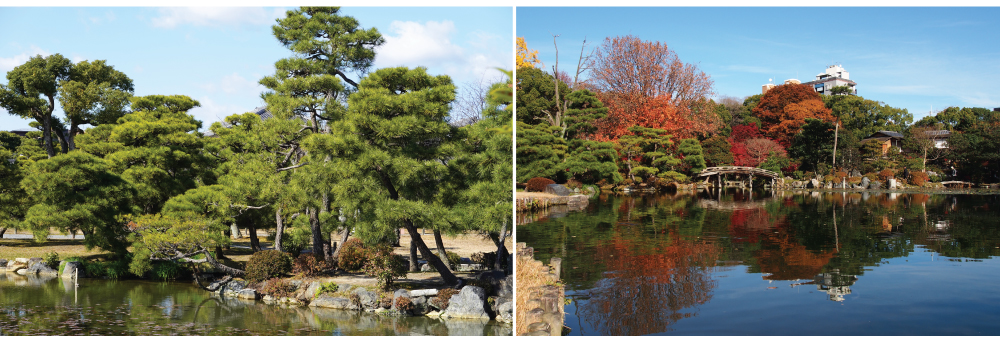
7) Honen-in Temple (Philosopher’s Path)
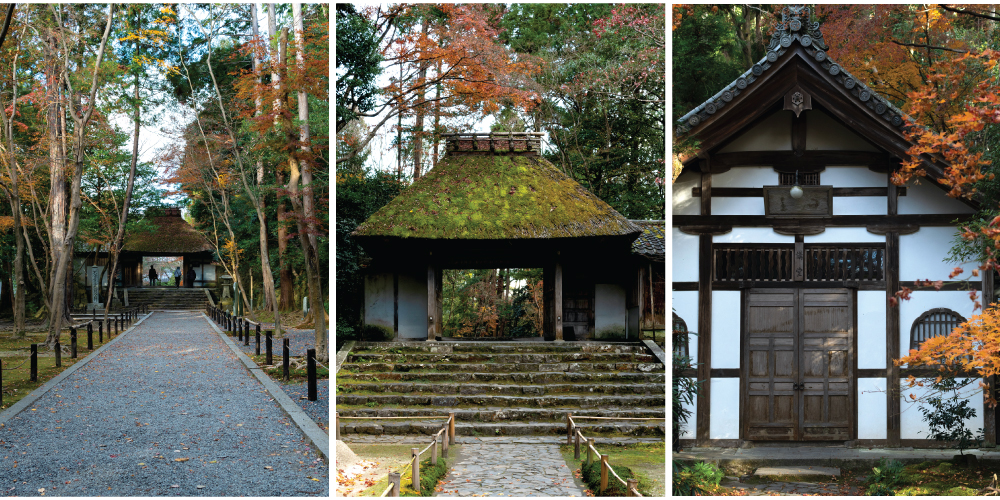
If you plan on visiting the Ginkakuji Temple (Silver Temple) and Philosopher’s Path, plan on making a slight detour to see this temple (open from 6AM). The exact date of when Honen-in Temple was built is a mystery, but it is said to be around early Kamakura Period (1185–1333). The distinctive thatched roof of the entrance gate and ceremonial sand mounds (known as Byakusadan) are sure to be a highlight of your trip.
8) Funda-in Temple (Sub-temple of Tofukuji Temple)
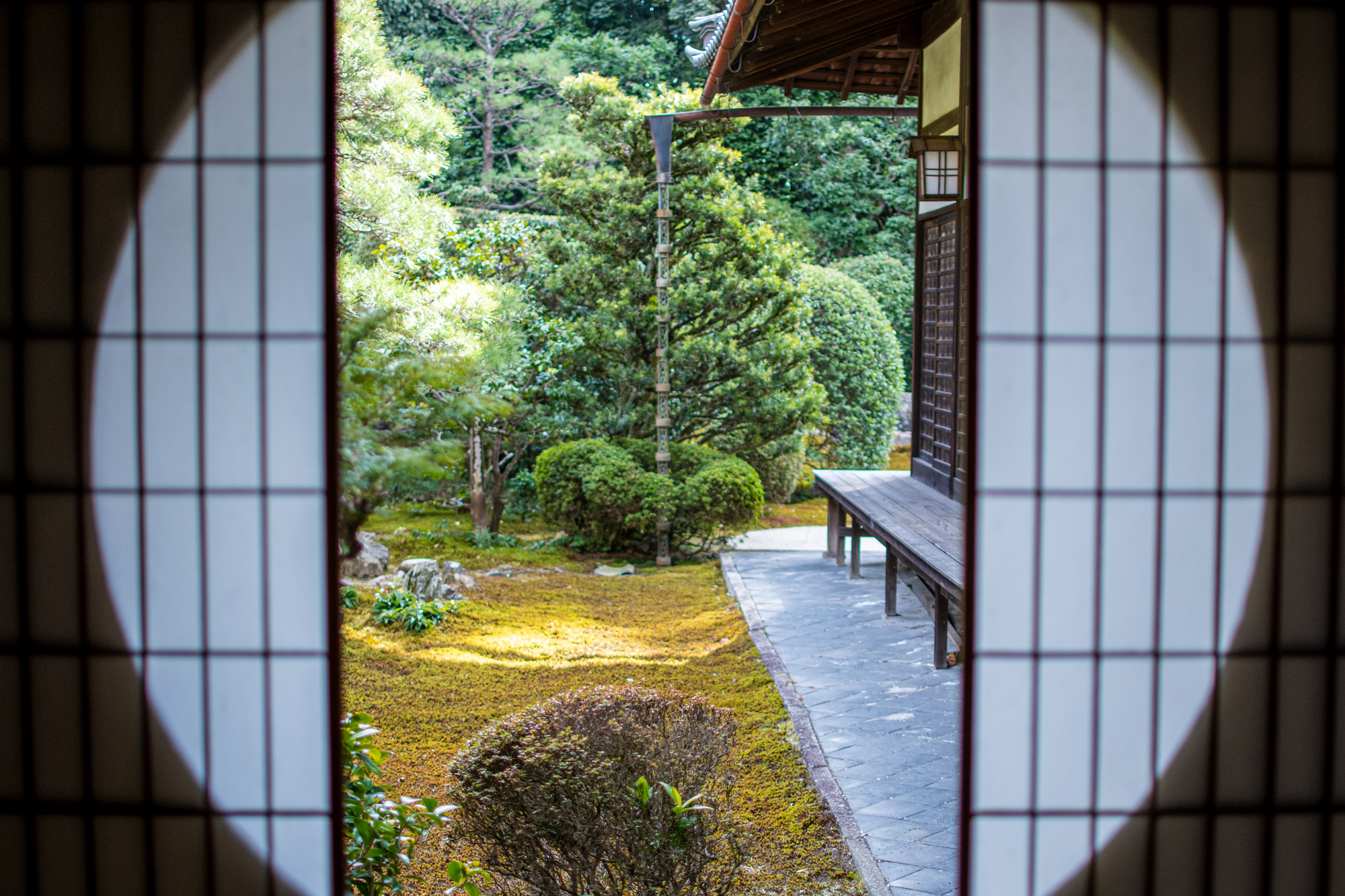
Just south of Kyoto Station is Tofukuji Temple, which is well known for its colorful fall foliage leaves, and zen gardens designed by famed landscape designer, Mirei Shigemori. But did you know that there are 24 sub-temples of Tofukuji Temple in the surrounding area? Although most are closed to the public, there are a few gems that we absolutely love.
Funda-in Temple is a small and tranquil temple just a short walk from Tofukuji Temple. Built during the Kamakura period (1321-24), it features one of the oldest zen rock gardens in Kyoto, with the rocks representing cranes and turtles. There is even a legend that the turtle stones move every night!
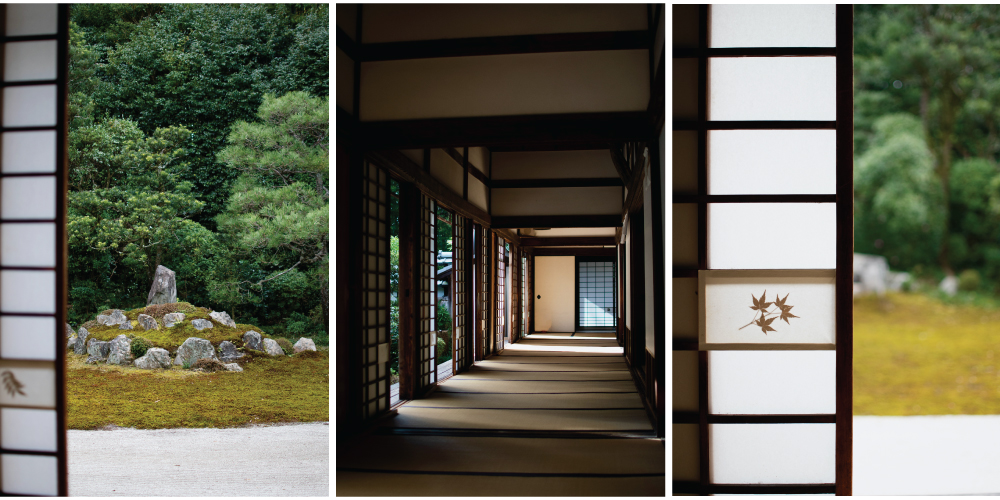
9) Komyo-in Temple (Sub-temple of Tofukuji Temple)
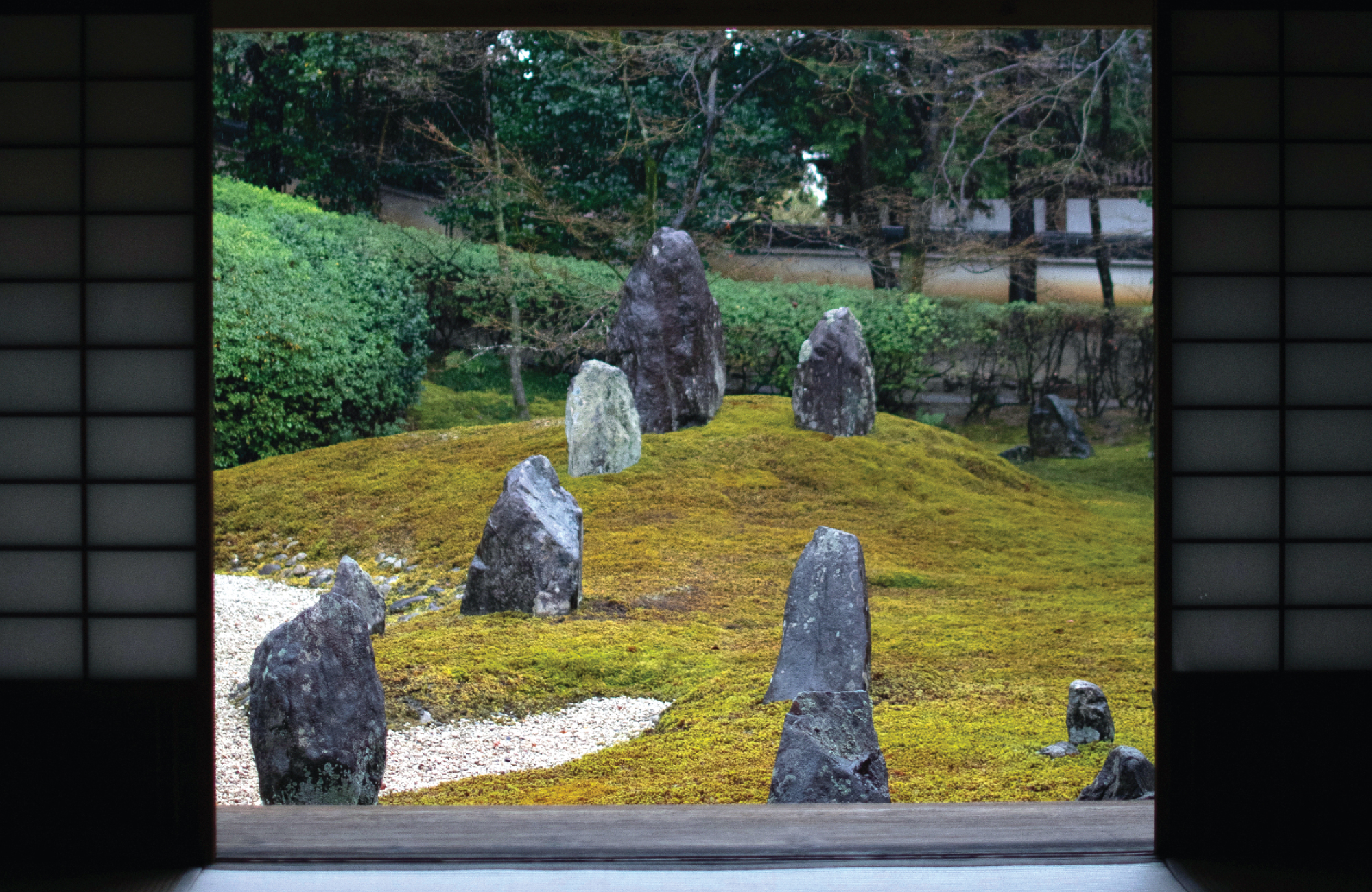
Another sub-temple of Tofukuji Temple that we love visiting over and over again is Komyo-in Temple. It is nicknamed as the “Rainbow Moss Garden”, as the spring season features pink cherry blossoms, vibrant green in the summer, red and orange maple leaves in the autumn, and snow covered moss in the winter.
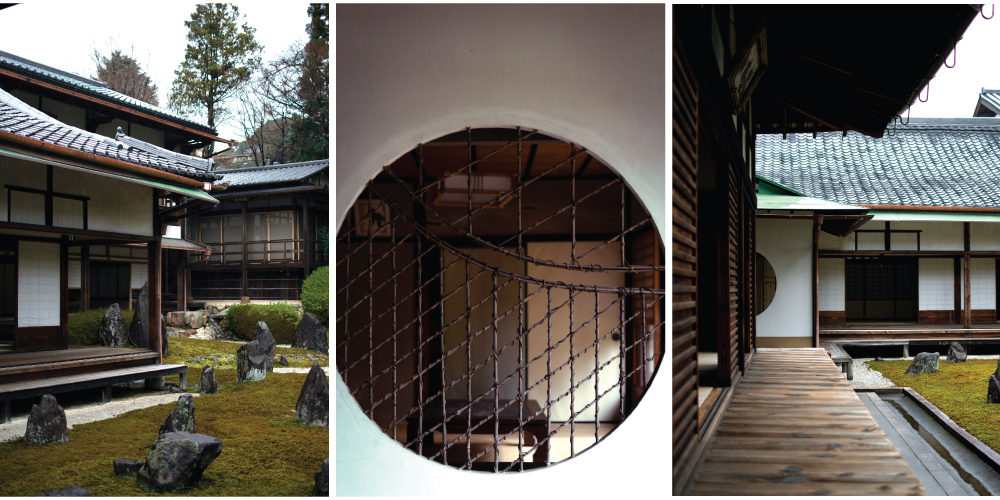
10) Toji-in Temple
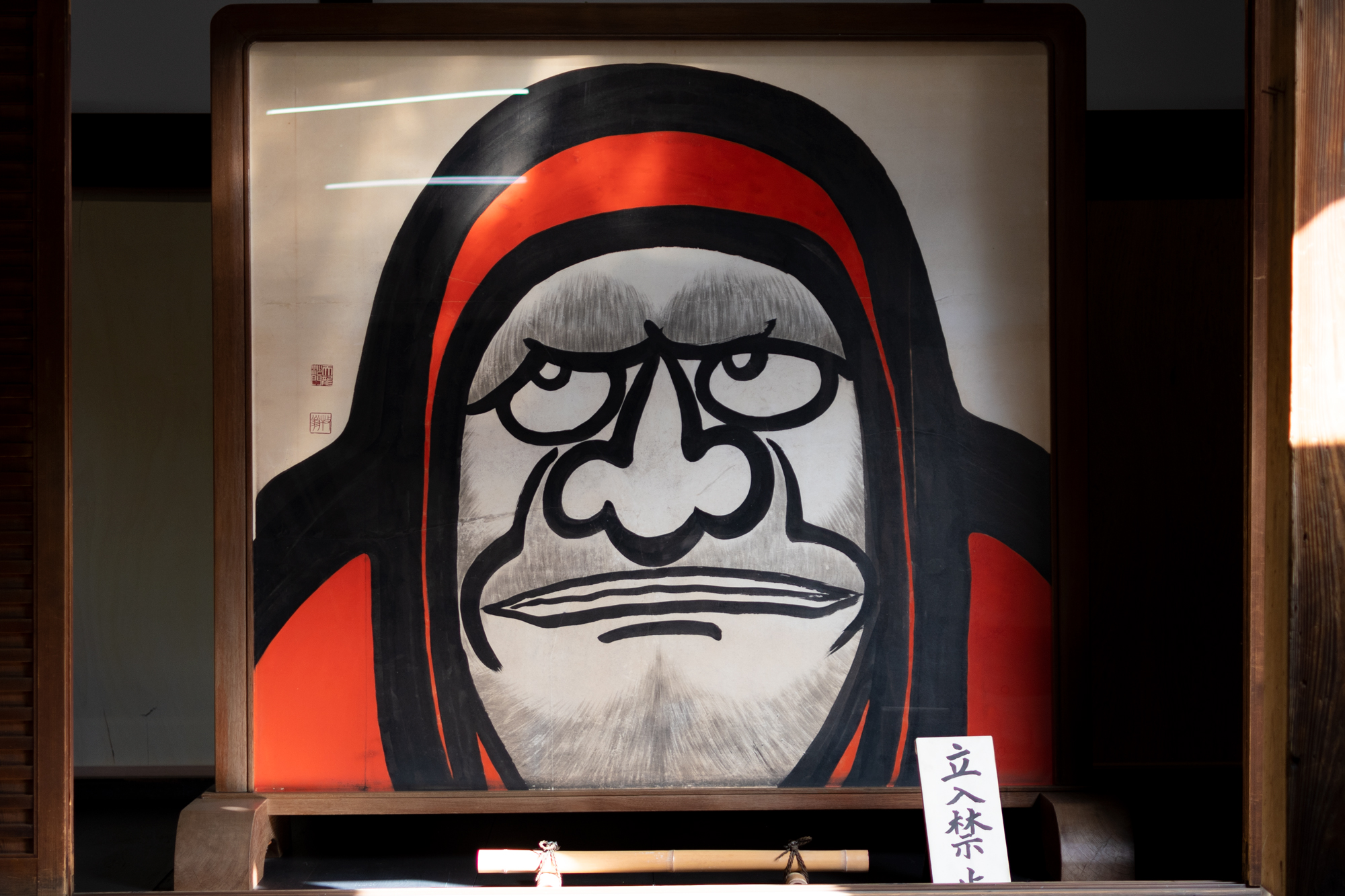
Toji-in Temple is well-known for the striking, red-hooded Bodhidharma painting near the entrance, and its impressive gardens. This temple not only features a zen rock garden, but a large garden through which you can take a leisurely stroll. We love visiting throughout the year to admire the various seasonal flowers. In early spring, the garden features fallen camellia flowers on moss – a scene that we especially love.
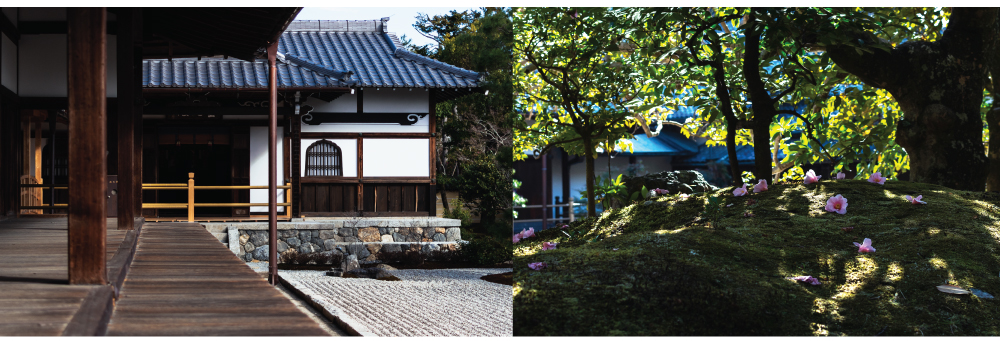
Looking for great Kyoto hotels and accommodations?
Stay in a Traditional Japanese-style Accommodations during your next visit to Japan
Rent a private machiya holiday house rentals (traditional Japanese townhouses), stay in a machiya boutique inn, machiya design hotels and more.
MACHIYA INNS & HOTELS (Kyoto & Kanazawa, Japan)

Every MACHIYA INNS & HOTELS accommodation has been renovated to maintain its unique traditional Japanese design, updated to meet the modern needs of our guests, and includes personalized & friendly guest services. Find out more via our official website:

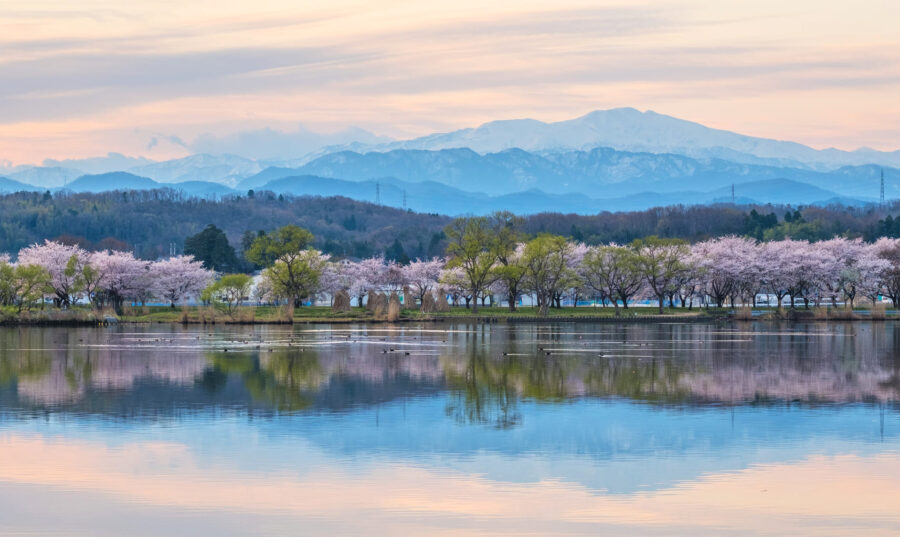
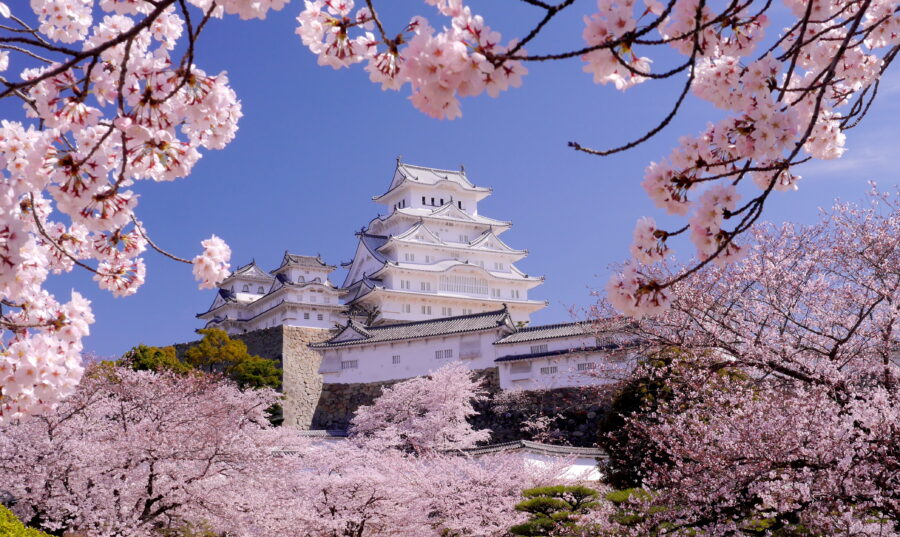
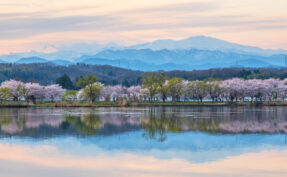
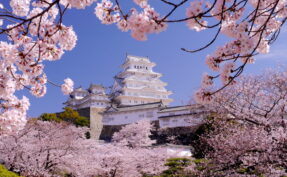
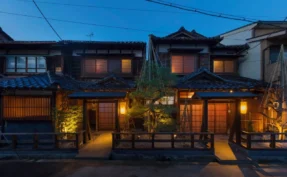
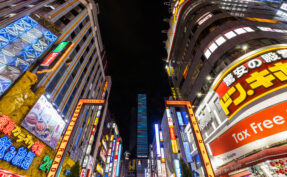
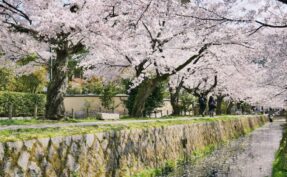
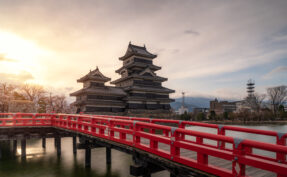
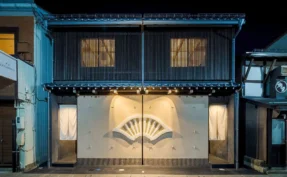
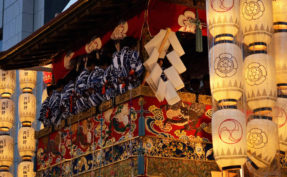
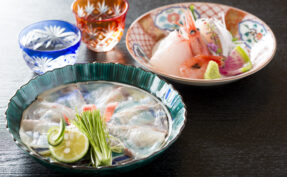
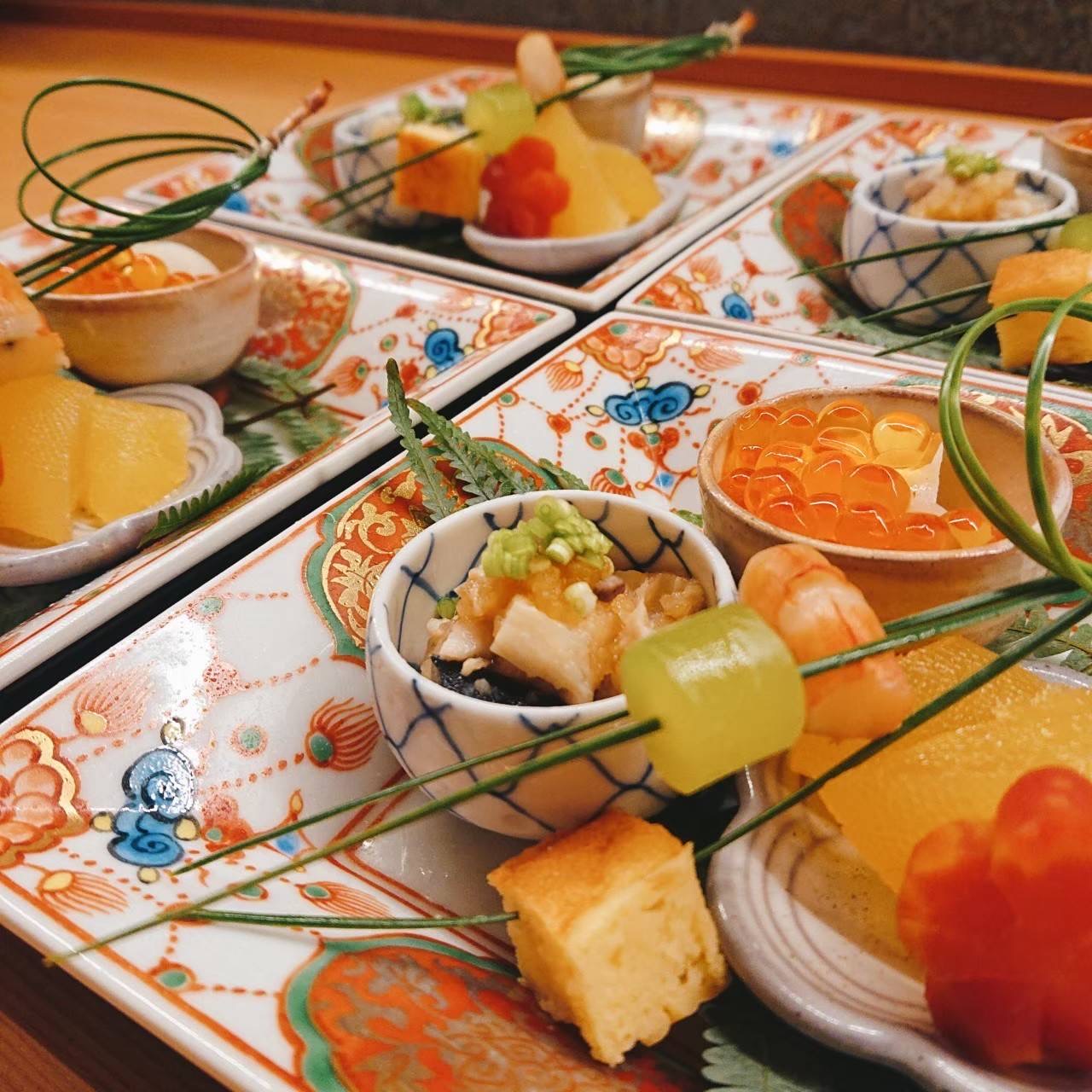
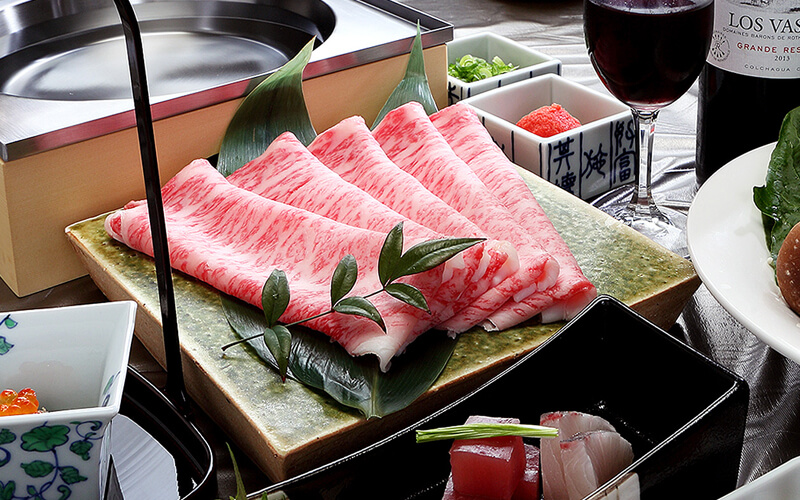

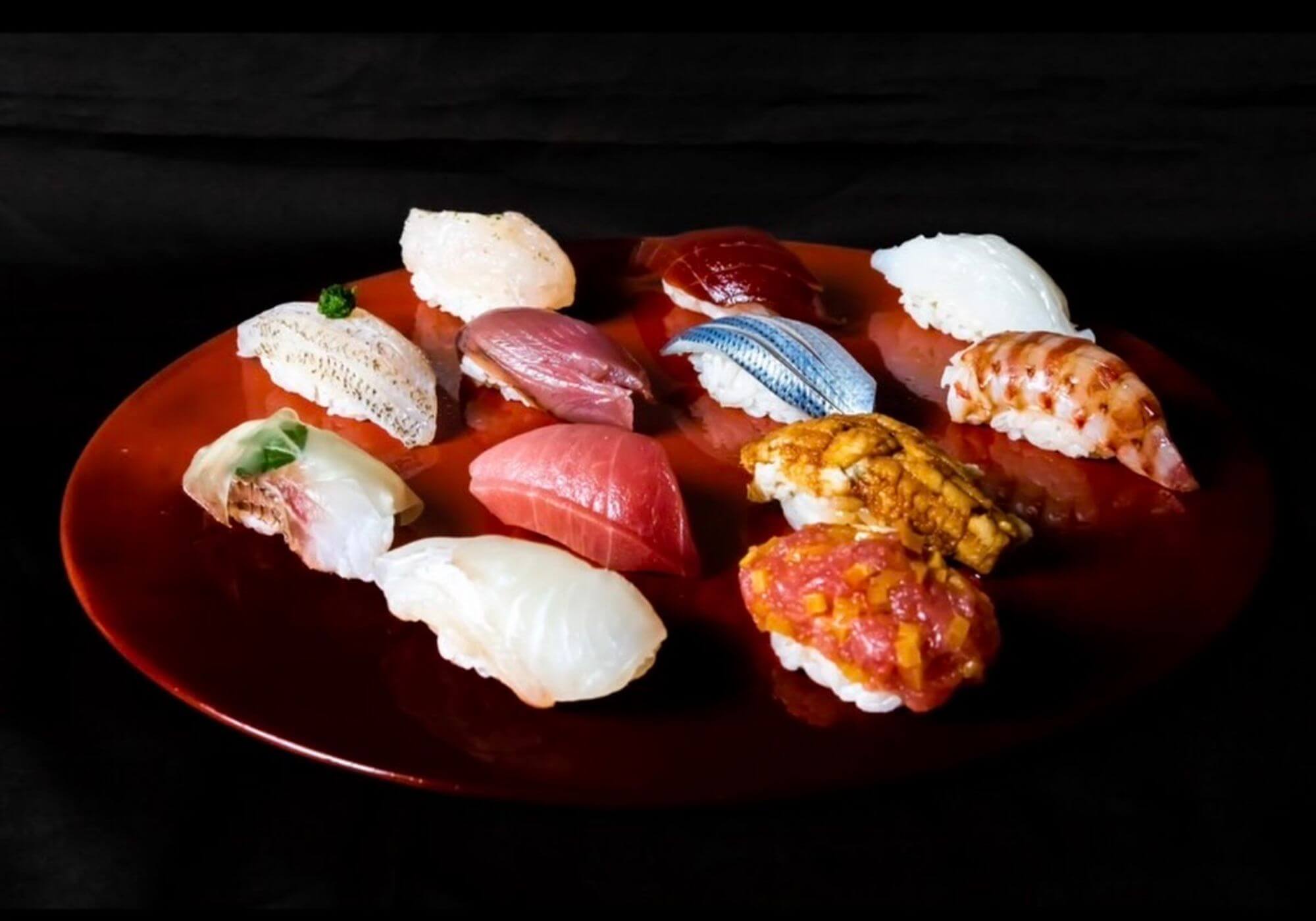
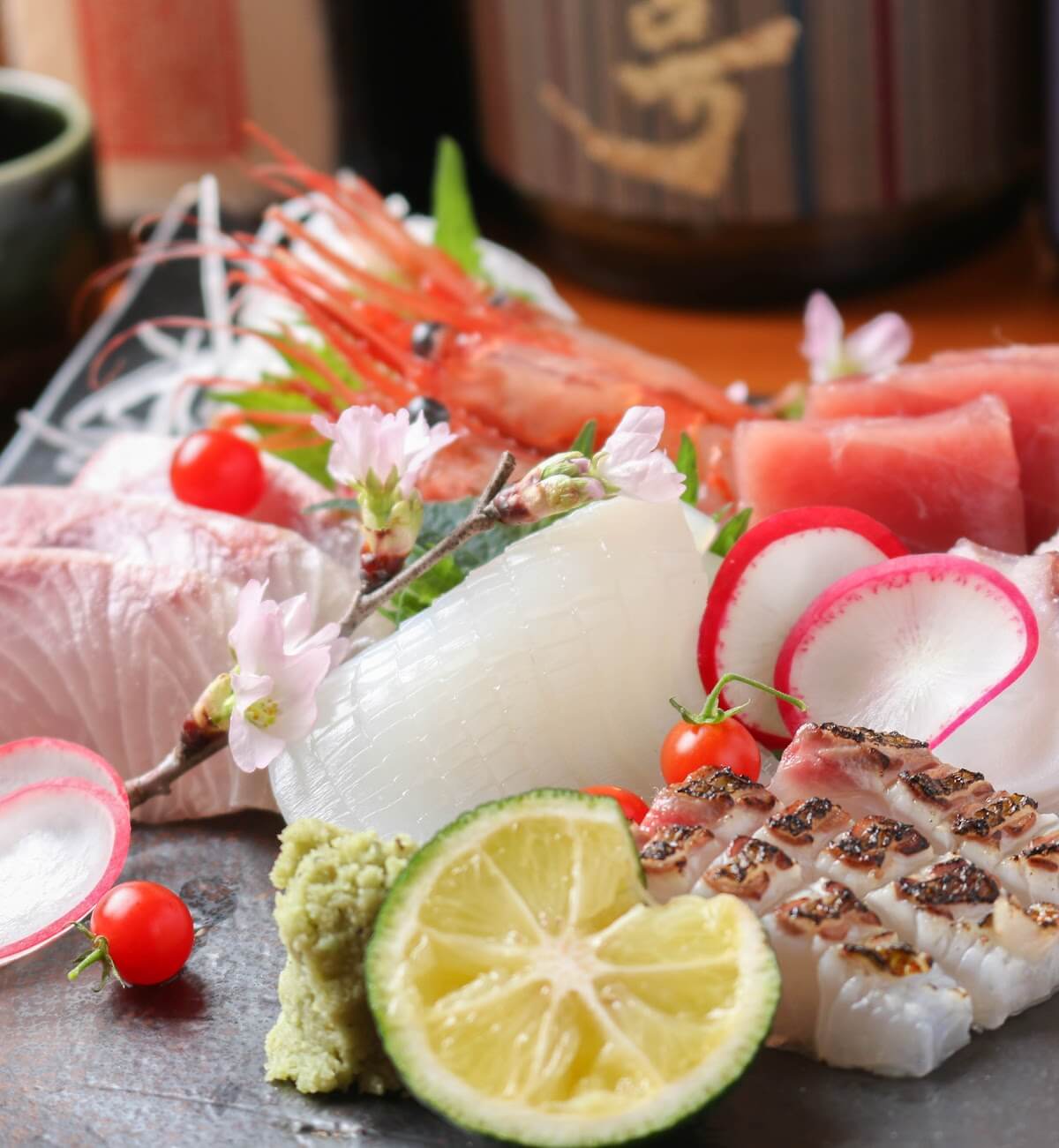

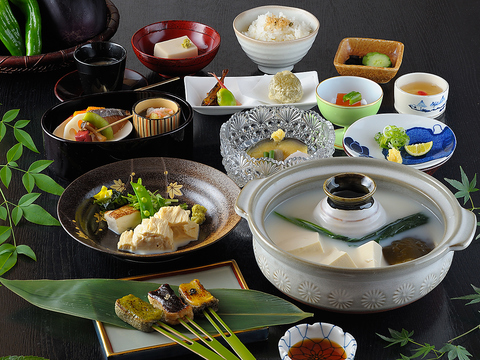
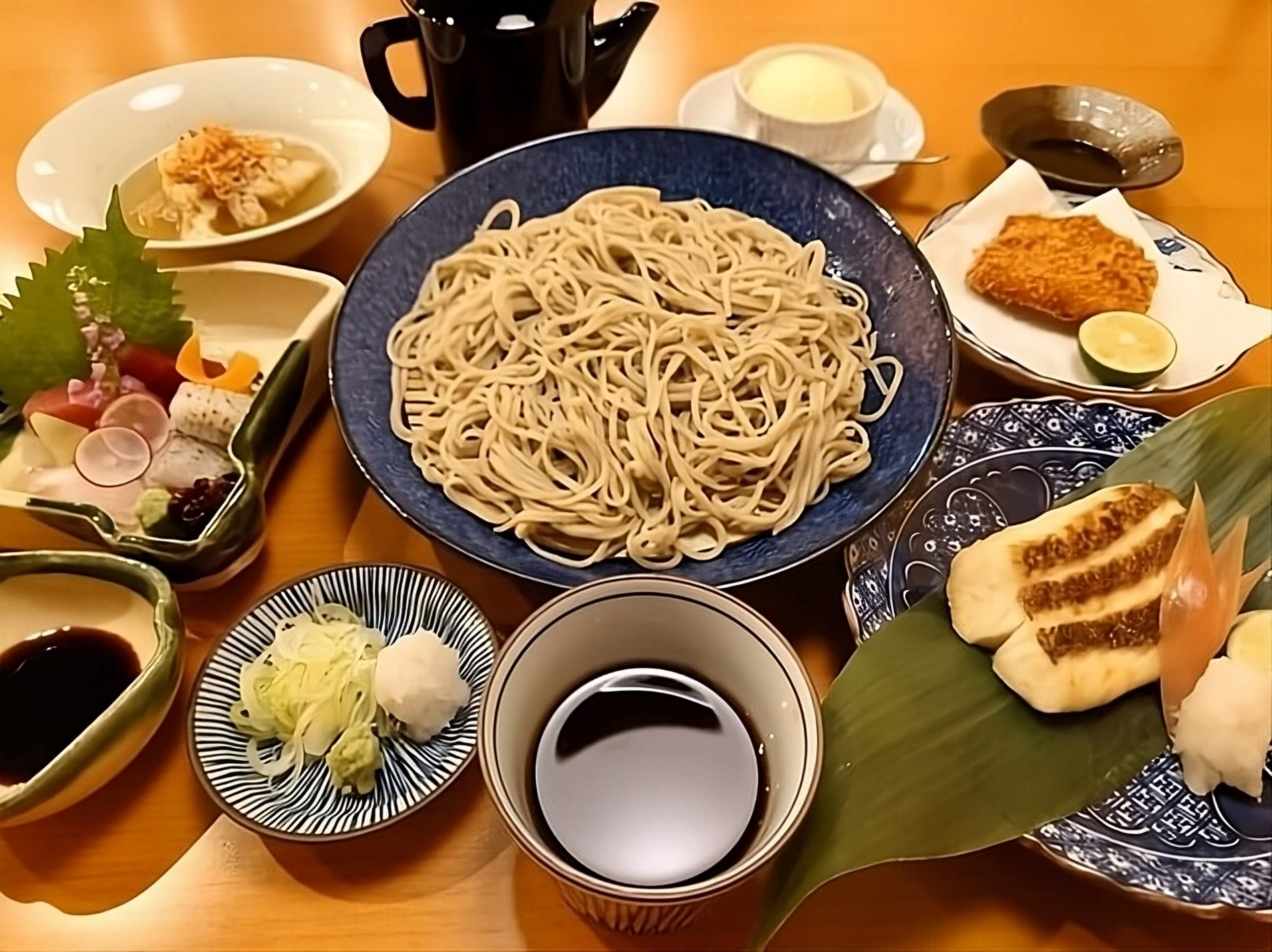
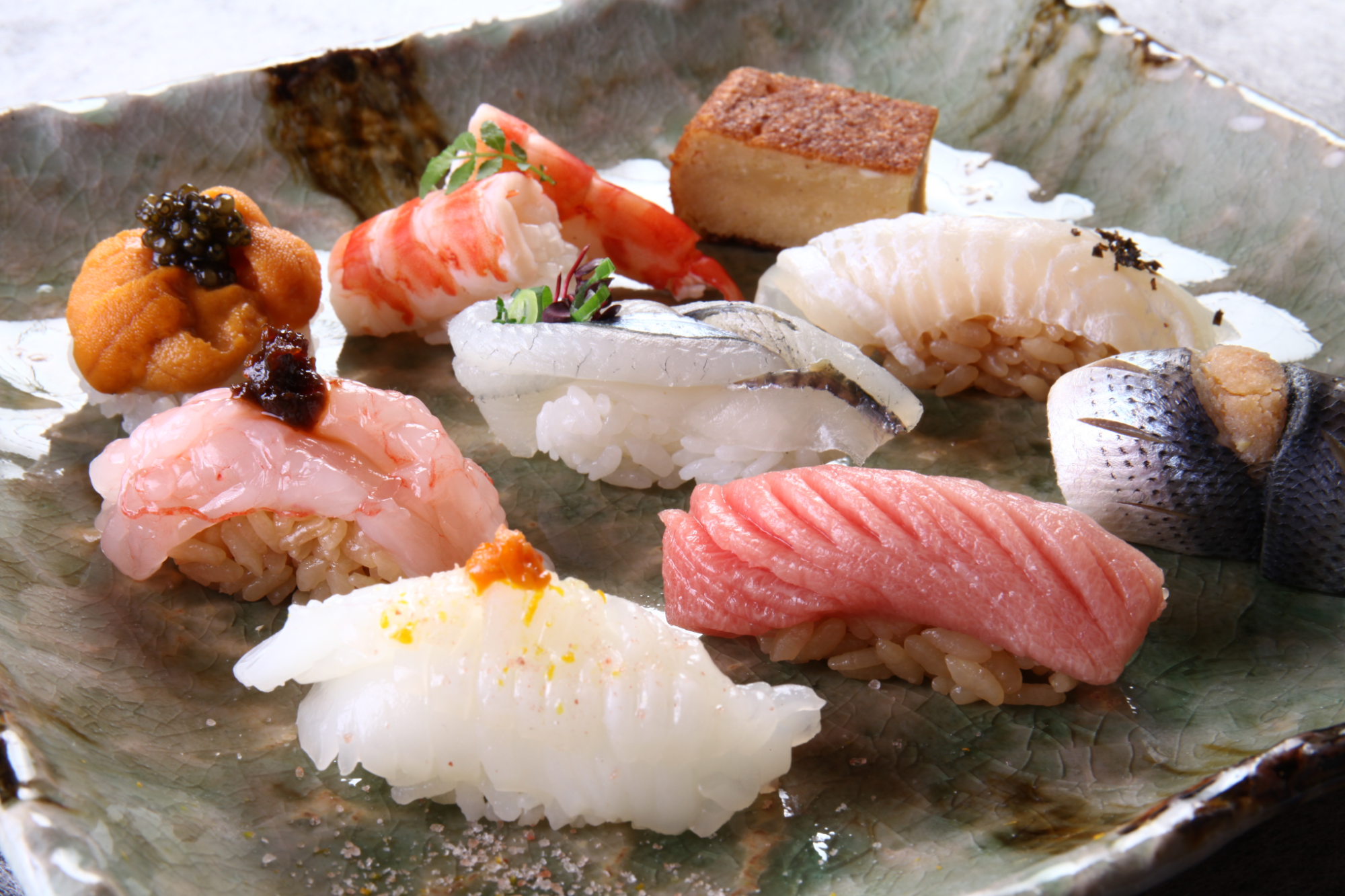

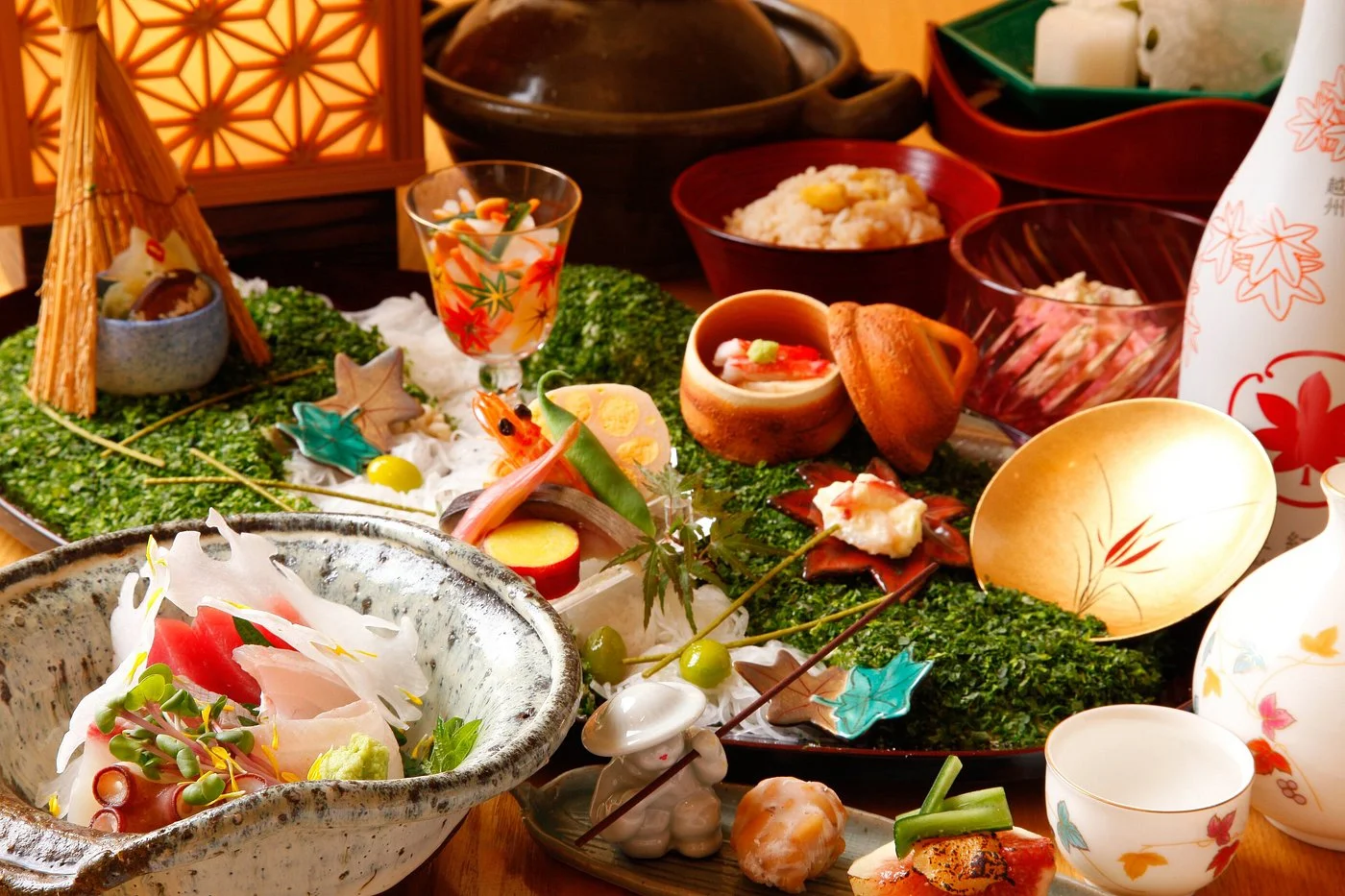
Recent Comments